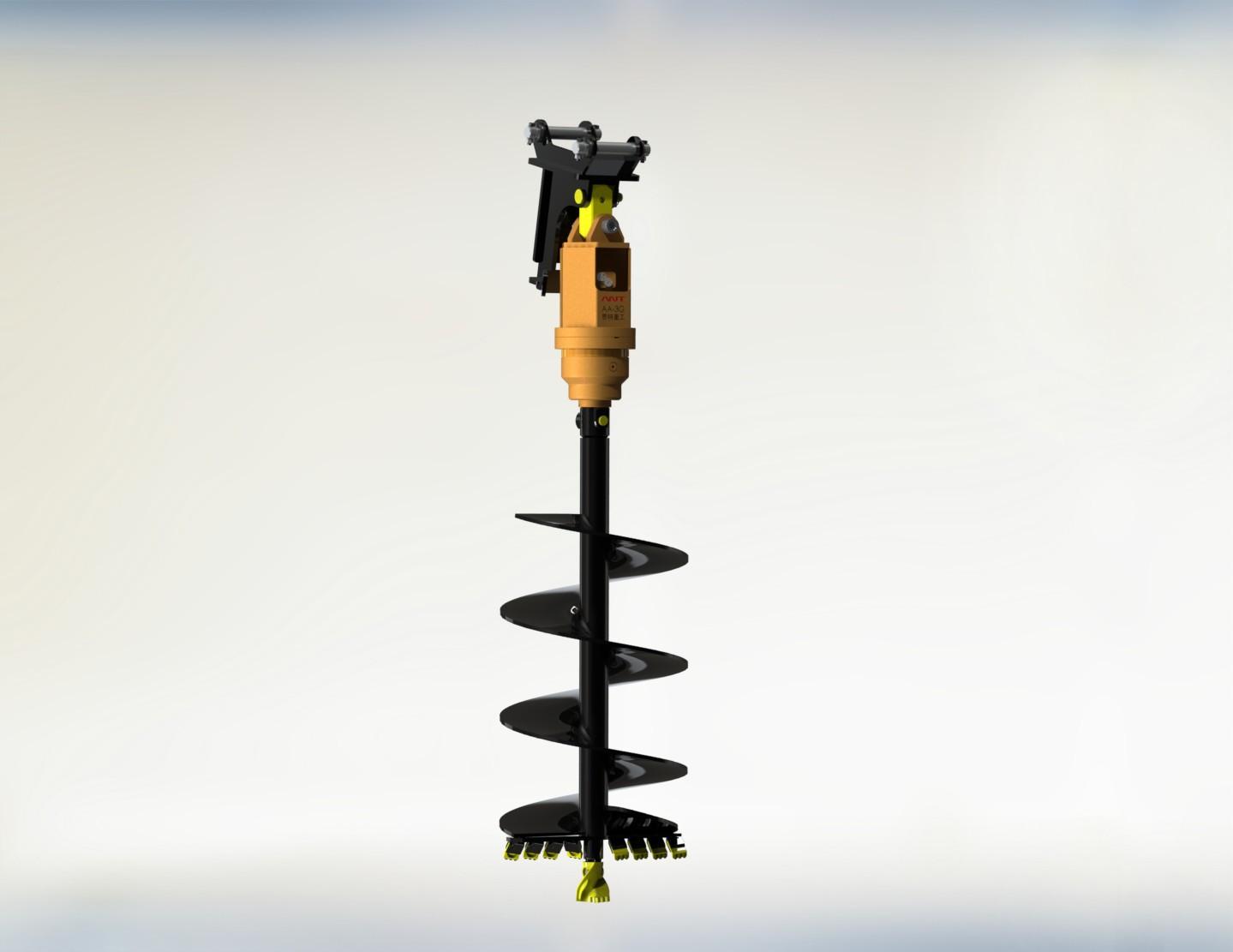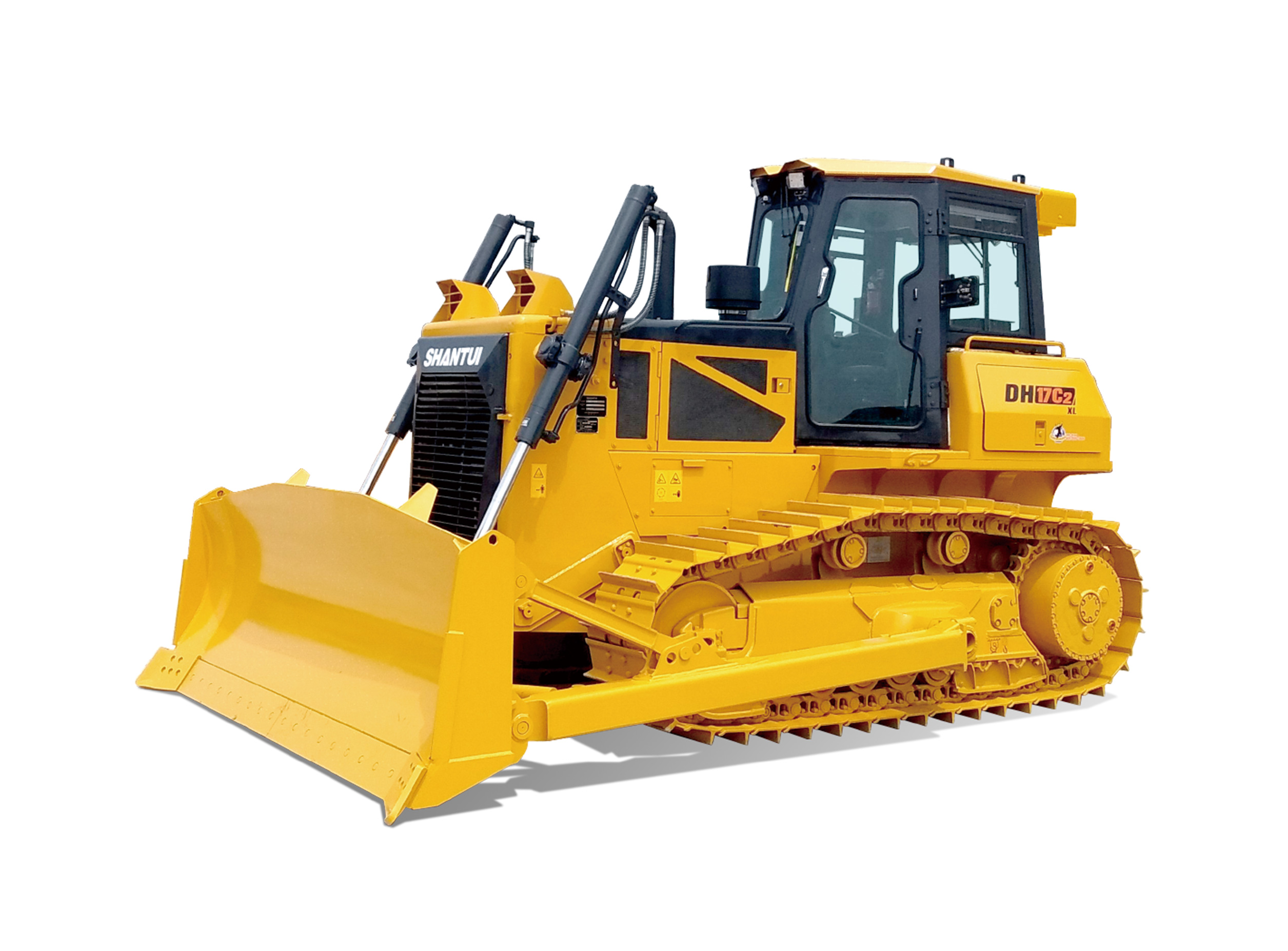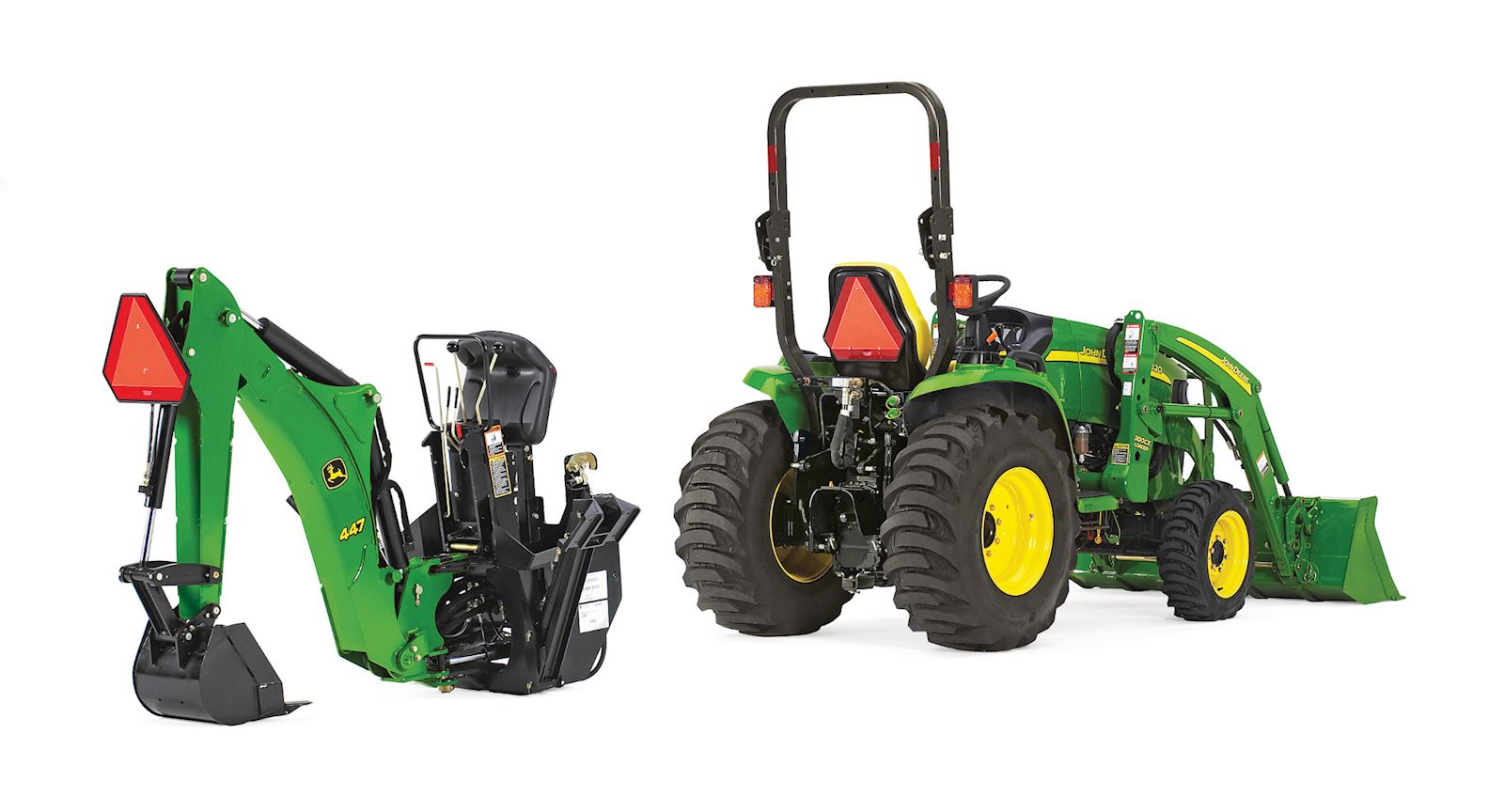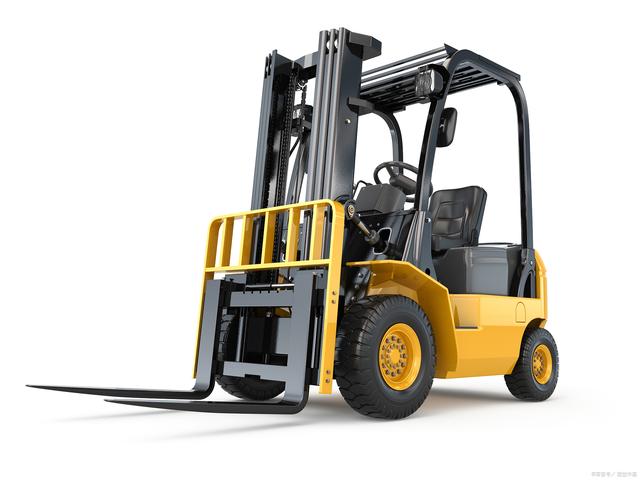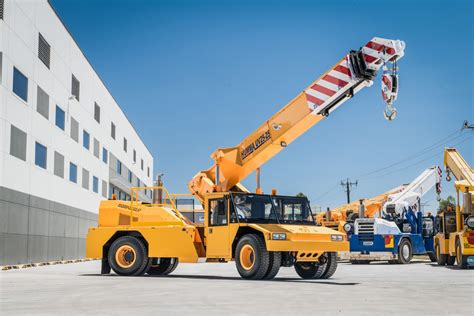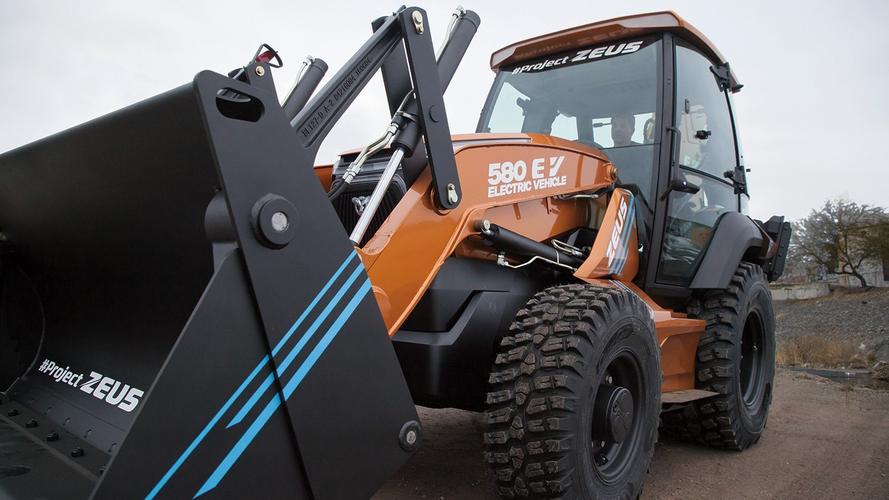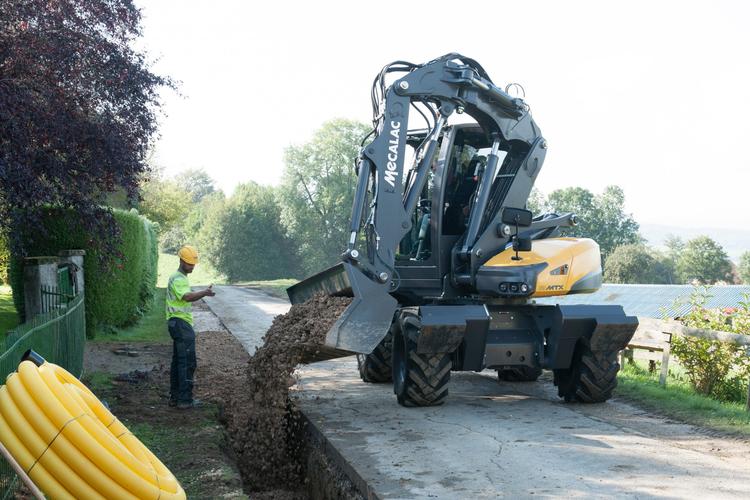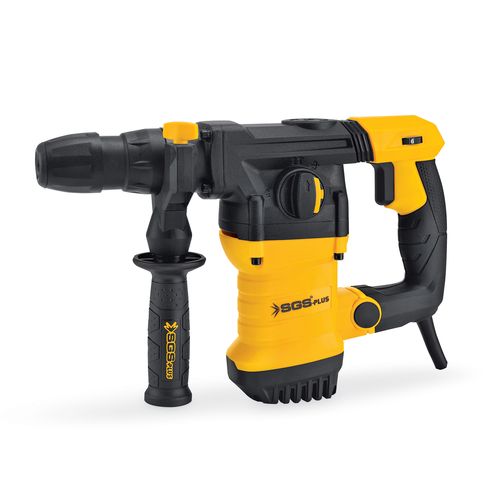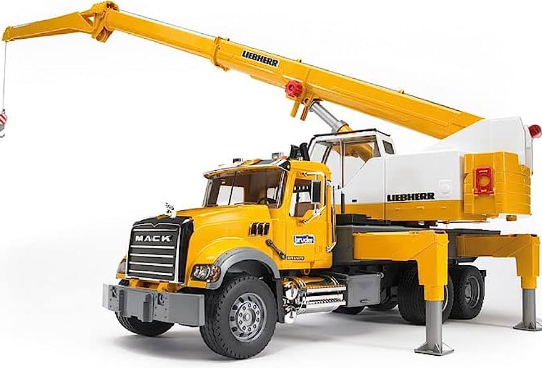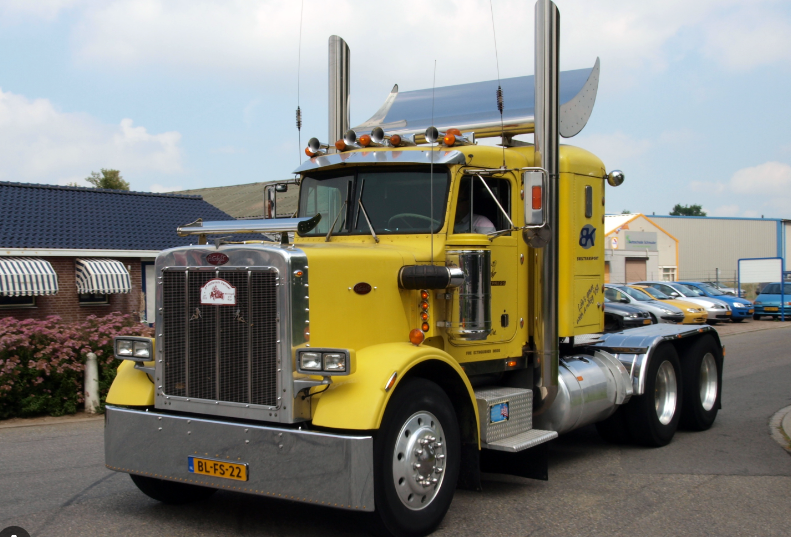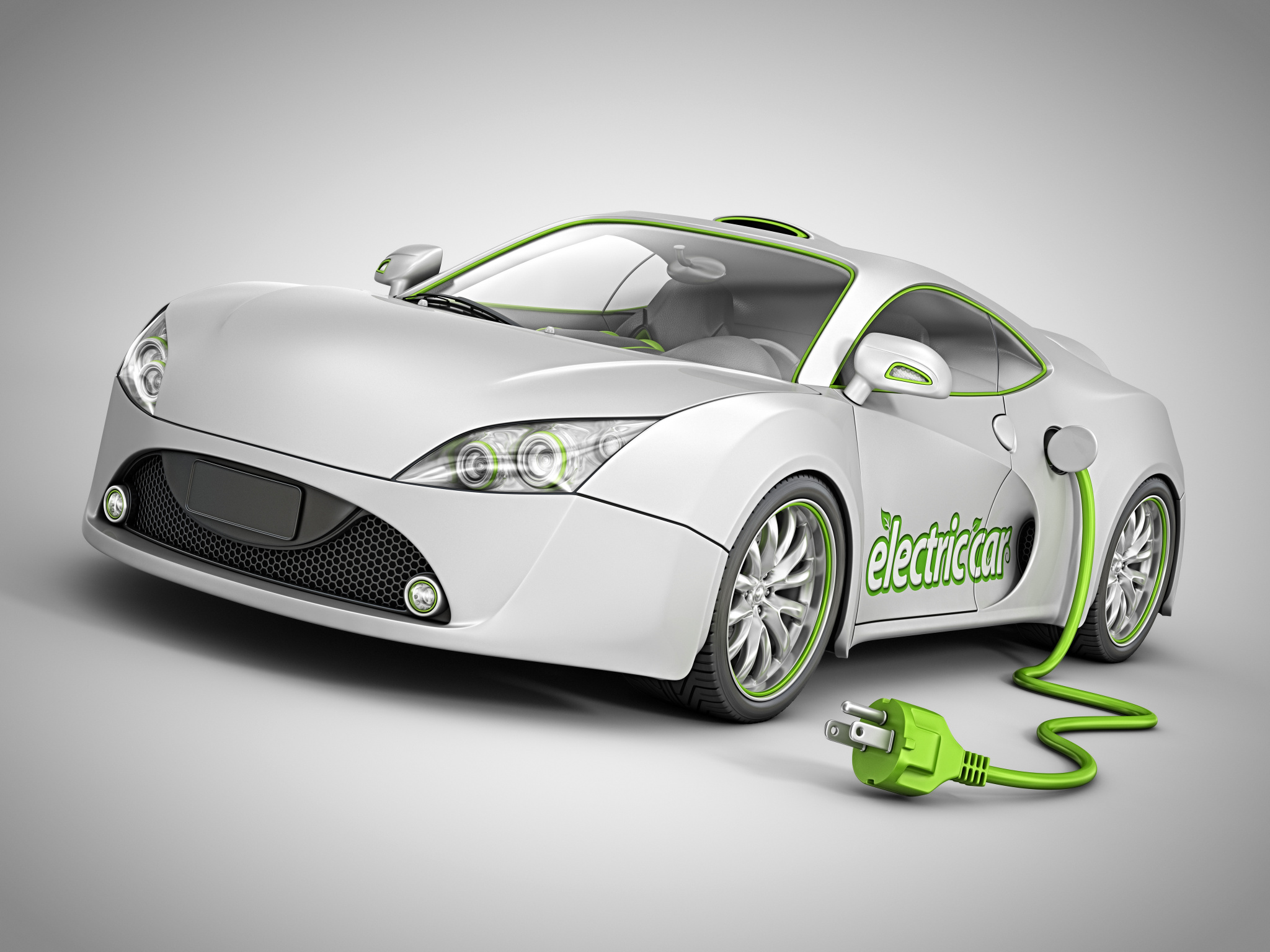Learning the Basics
Before you can start driving your tractor, you'll need to become familiar with its basic components. Most tractors have an engine, a transmission system, and a set of wheels or tracks that provide propulsion. The engine is typically located in front of the tractor, while the transmission system is usually placed in the center. Tractors also have various levers and pedals that control speed, direction, and other aspects of the vehicle's operation.Once you have a basic understanding of your tractor's components, it's time to start practicing how to use them. Start by sitting in the driver's seat and getting comfortable with the controls. Familiarize yourself with the pedals, gears, and steering wheel. Once you're comfortable, start the engine and practice shifting gears and accelerating slowly. Always remember to keep your hands and fingers away from any moving parts of the machine.
Operating Your Tractor Safely
Driving a tractor can be fun, but it also involves some inherent risks. Therefore, it's essential to take safety precautions seriously. The first step is to always wear appropriate protective gear when operating your tractor. This gear includes helmets, gloves, and foot protection. Also, ensure that your tractor is well-maintained, with all systems and components in good working order.Always keep in mind the weight and size of your tractor while driving. Take corners and curves slowly and avoid sudden stops and starts. Always pay attention to your surroundings and never operate your tractor while under the influence of drugs or alcohol. Finally, avoid distractions such as using your phone while driving.
Using Your Tractor for Farming Purposes
If you are using your tractor for farming purposes, it's essential to understand the nature of the work and how your tractor fits into the bigger picture. Start by understanding the characteristics of your farm, including the soil type, terrain, and climate. This information will help you select the right attachments for your tractor, including plows, cultivators, and seeders.When using your tractor for farming purposes, it's important to follow best practices for soil conservation and prevent soil erosion. Avoid over-tilling and ensure that you plow and cultivate in straight lines to prevent soil compaction. Also, ensure that you follow safe and appropriate methods for planting and harvesting crops.

